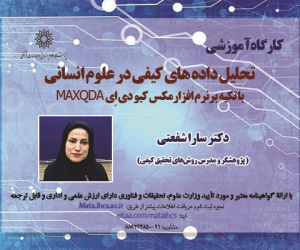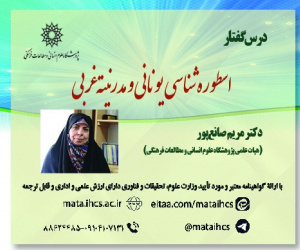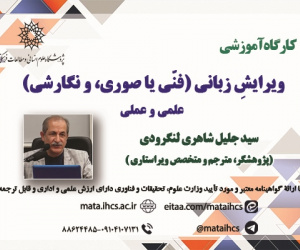ترسیم نقشه راه سازمان های دانش محور در مسیر ارتقای ساختار سازمانی
آرشیو
چکیده
امروزه مزیت رقابتی سازمان ها در توسعه اثربخش دانش و به خصوص دانش منتهی به تکنولوژی نهفته است. سازمان های دانش محور در حال تبدیل شدن به یکی از مهم ترین بخش های اقتصاد کشور می باشند. در این سازمان ها، مدیریت اثربخش دانش مستلزم عوامل چندی نظیر بی مرزی سازمانی، جریان روان دانش، توان بازسازی مجدد فرآیندها، و همچنین تجدید ساختار سازمانی است. بر این اساس، طراحی ساختار سازمانی مناسب، کانون توجه بسیاری از مؤسسات دانش محور قرار گرفته است. این مقاله، با استفاده از نظرات خبرگان صنعت نفت، به بررسی موشکافانه ساختار سازمانی موجود مؤسسات دانش محور در زمان گذشته و حال در کشور می پردازد. سپس با استفاده از ویژگی هایی که بر این سازمان ها مترتب است، چشم اندازی برای آینده این سازمان ها ترسیم می شود. از حیث روش تحقیق، روشی ترکیبی برای خلق ایده و کسب نظرات خبرگان استفاده می شود که در بطن آن از تکنیک تحلیل مزایا و معایب بهره گرفته می شود. یافته های تحقیق را می توان در دو دسته طبقه بندی نمود. دسته اول، شامل بحث های تحلیلی پیرامون ساختار سازمانی و مؤسسات دانش محور می باشد. دسته دوم، مشتمل بر مقایسه چهار نوع ساختارهای سازمانی است که عبارتند از ساختارهای سازمانی در زمان گذشته و حال، به علاوه ساختارهای پیشنهادی زمان آینده و چشم انداز آتی سازمان ها.Drawing a Roadmap for Knowledge-based Organizations on the Path to Improving Organizational Structure
Today, the competitive advantage of organizations lies in the effective development of knowledge, especially knowledge leading to technology. Knowledge-based organizations are becoming one of the most important sectors of the country's economy. In these organizations, effective knowledge management requires several factors such as organizational borderless, the smooth flow of knowledge, the ability to reconstruct processes, and also organizational restructuring. Accordingly, designing an appropriate organizational structure has become the focus of attention of many knowledge-based organizations. This article, using the opinions of oil industry experts, examines closely the existing organizational structure of knowledge-based organizations in the past and present in the country. Then, using the characteristics inherent in these organizations, a vision for the future of these organizations is drawn. In terms of research method, a mixed method is used to create ideas and obtain expert opinions, which uses the advantages and disadvantages of analysis technique. The research findings can be classified into two categories. The first category includes analytical discussions about organizational structure and knowledge-based institutions. The second category includes a comparison of four types of organizational structures, including past and present organizational structures, as well as proposed future structures and future perspectives of organizations.








